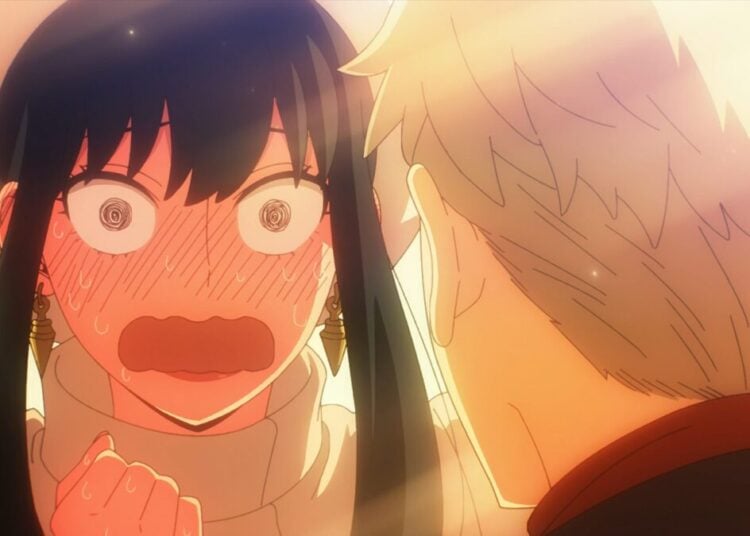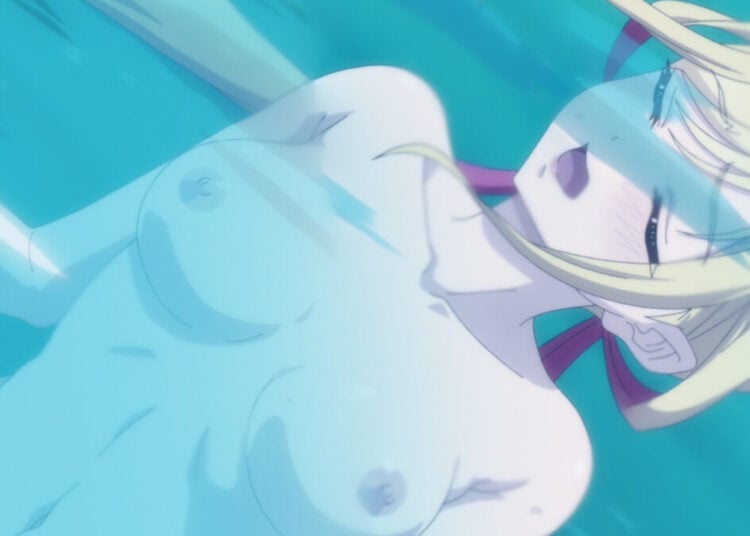About once or twice a year since 2019, I’ve been enjoying the journey of “Immortal Tatsu” as he strives to be the best ex-yakuza turned househusband ever found within the pages of a manga. Over the years, however, The Way of the Househusband has taken various forms, including making the leap to anime on Netflix in 2021. Now that they have released nine manga volumes and two anime seasons in the United States, it’s time to ask… which did it better?
Originally appearing in the manga magazine Kurage Bunch in February 2018, The Way of the House Husband (Japanese title: Gokushufudō) is a straight comedy series written and illustrated by Kousuke Oono. The slice-of-life series follows ex-yakuza Tatsu who gives up his life of crime in order to become a househusband who takes care of his office worker wife Miku and their cat Gin.
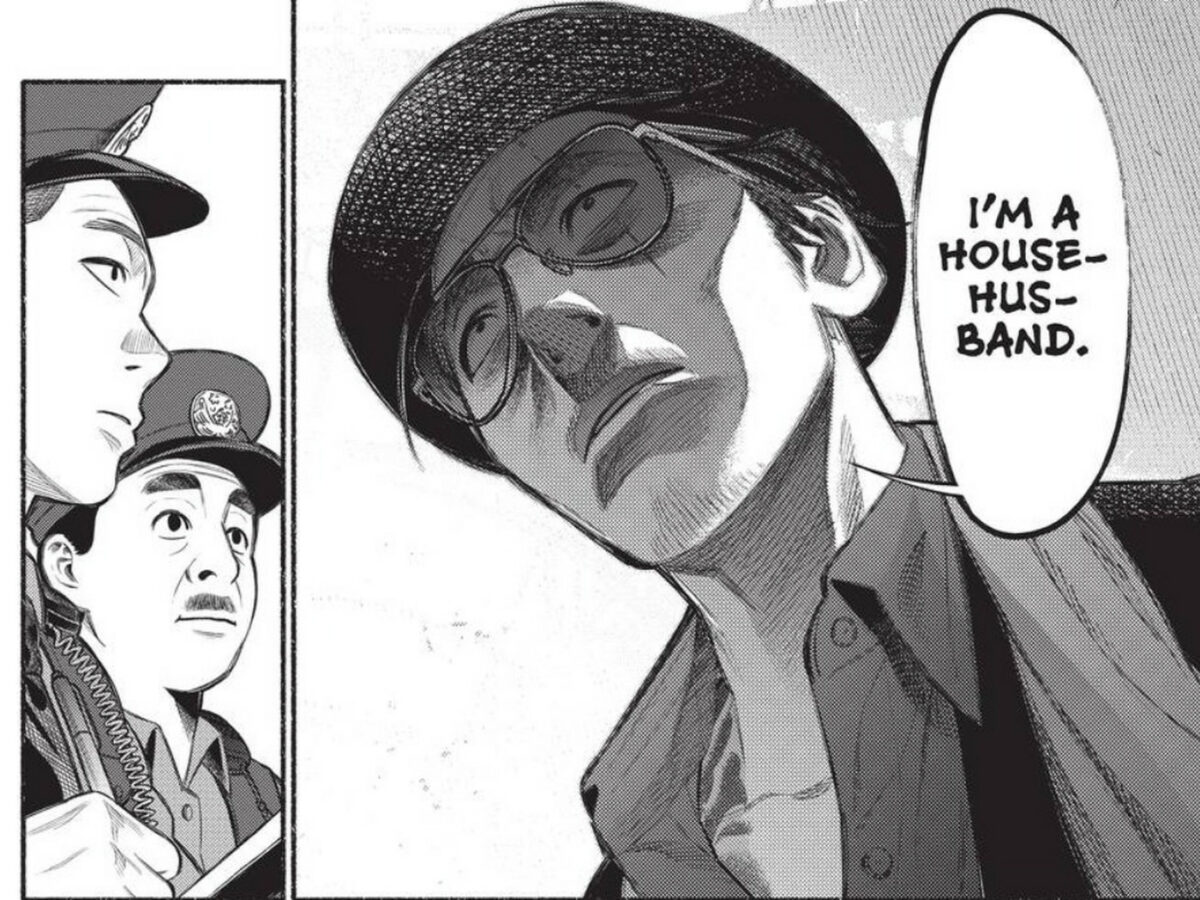
Reading each new volume of The Way of the Househusband as it was released has been a twice-a-year treat for me since 2019. I mark the release dates on my calendar and set aside time to laugh at the latest misadventures of Tatsu and his struggles to adapt to everyday life. For those couple of hours of reading, I am truly in my happy place. Unfortunately, once those hours pass, the impact left by the humor is fleeting at best.
While always amusing, The Way of the Househusband manga relies heavily on hooking readers in with an interesting situational premise before delivering an often abrupt punchline. The payoff’s effectiveness can, frankly, be hit or miss. While it’s easy to ignore this when reading the manga with breaks between volumes, anyone binge-reading this series from start to finish could be annoyed by the occasional flat, underwhelming punchline that comes out of nowhere. The anime isn’t much better as it follows roughly the same format in each episode.
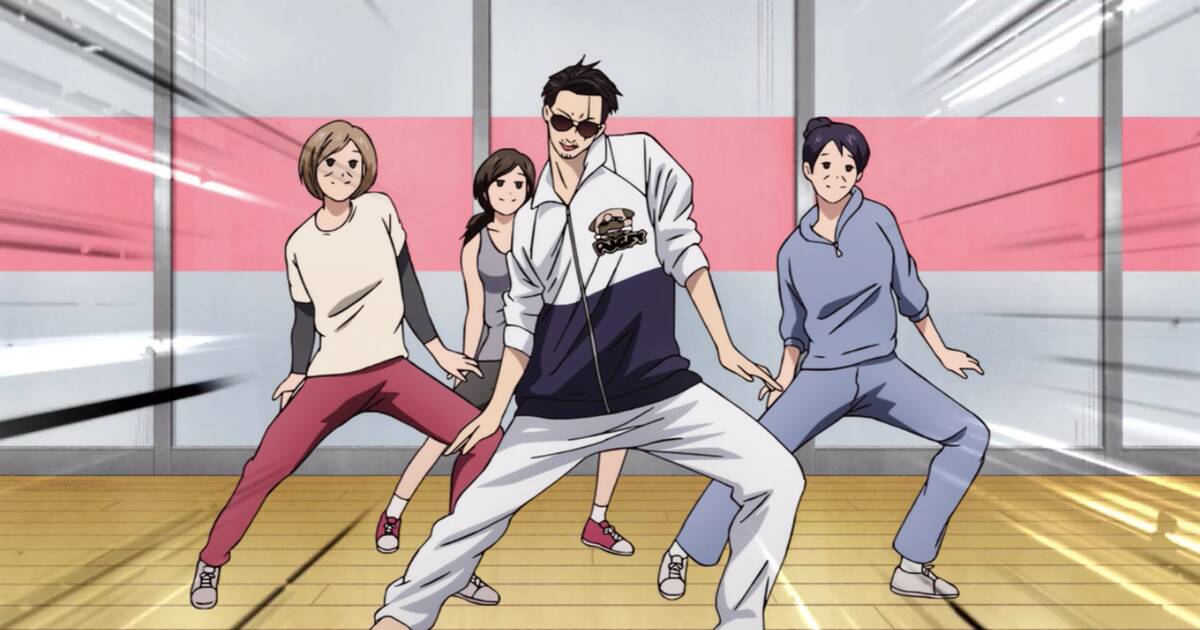
What keeps things fresh throughout this format is the fact that the characters will take turns being straight man to each other’s antics. While Tatsu is usually very serious in his pursuit of neatness, leaving Miku to be his voice of reason, there are also occasions where Miku is very much the wild one (especially when her favorite anime, Policure, is involved). Then Tatsu is left to be her grounding force. Opposite examples of this could be when Tatsu is attempting to make dinner only for Miku to walk in and destroy the entire meal with a few wild swings of a butcher knife. Meanwhile, while out and about, Miku might get enraptured by a stage play for children featuring her favorite Policure characters, which leaves Tatsu no choice but to get involved in order to bring a smile to her face. No matter how ridiculous it makes him look.
The most striking dynamic of the manga series is in its art. You could describe this series in a lot of different ways; a slice of life, fish out of water, romantic comedy, a sitcom, and the list goes on. What helps set this series apart is the choice to use dark shading and straight-line features to make every situation feel like life or death even if all that’s happening is Tatsu is attempting to teach his young protégé, Masa, about various household goods that he can purchase from their local 100 yen store. Or getting excited about finding cabbages for 100 yen a piece.
All that said, it’s hard to recommend either the manga or the anime adaptation. Yes, I enjoy each series and will continue to read future volumes as they’re released, but I will also continue to only read the volumes as they are released and re-read previous volumes in small batches. As much as I would love to say that either the manga or the anime makes for a wonderful weekend binge, they are both best taken in only small doses for their own reasons; the manga for its jerking method of joke-telling and the anime for its almost criminal lack of actual animation.
So, that’s it then? With the manga and anime’s separate flaws, does this make this the first no-score draw in the history of this column? Not by a long shot! There’s another dark horse contender on the horizon that we’ve yet to talk about.
You might not be aware of this, but before this series was an anime on Netflix, Nippon TV aired a live-action television adaptation of the series starting in October 2020. In the past, I’ve said harsh things about live-action adaptations of manga and anime properties. Live-action Gokushufudō is exactly what this series should be. Those are not words I say lightly.
In both the manga and anime, what we’ve seen in each chapter is roughly what we get. While there have been hints scattered throughout the series relating to the first meeting between Tatsu and Miku, the series has yet to fully elaborate on how the pair ended up together. This is just one example of The Way of the Househusband refusing to expand its horizons and help us get to know these characters better. While every character, including the side characters, has been given a basic backstory, it’s rare for their history to get any meaningful time in the spotlight. Even rarer still is a story arc that lasts for more than one chapter. Episodic, the series prefers to set up the joke and have a punchline ready to go within two pages before moving on to the next one. It’s exhausting.
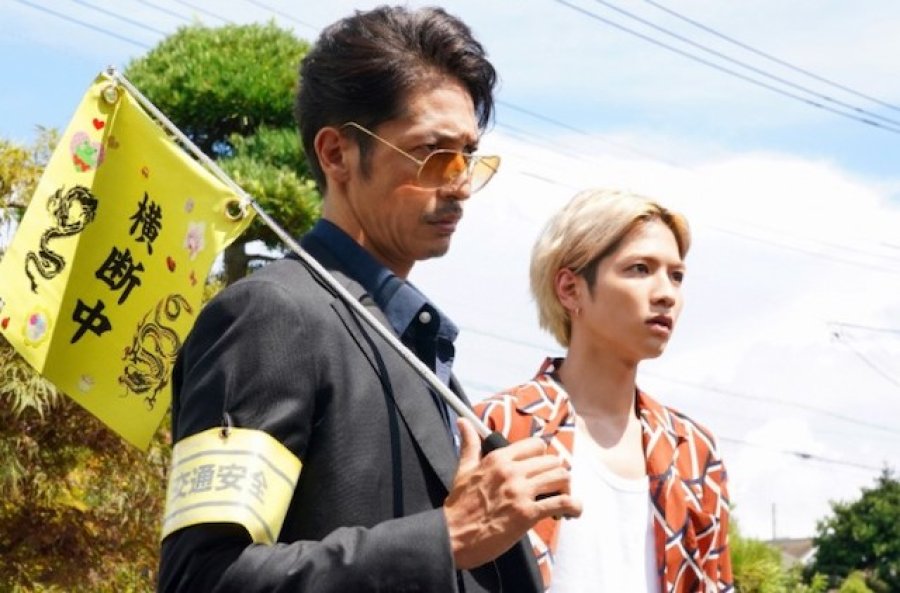
In the live-action television series, Gokushufudō attempts to tell a decent overall narrative throughout the season. Relationships between various characters are introduced and, over time, develop substance. If that weren’t enough, the television series even spends an episode attempting to reveal the origins of the relationship between our main characters. It may never become canon within the manga but it was a wonderful addition that made me fall for these characters even more.
Perhaps the inclusion of new characters such as giving Miku a previously non-existent daughter or a love interest for Masa bogs the story down, but I wholeheartedly disagree. By including these side characters, the main characters have even more to protect or strive towards while giving them dimensions they lacked previously.
All three versions of this series are worth taking in. The manga is great for a quick laugh. The anime does its job by delivering snappy jokes with such a limited amount of animation that you barely have to look at the screen to watch it (I’m trying to be nice here). But, if you’re looking for the absolute best way to indulge in this series, find yourself a copy of the live-action television series known as Gokushufudō. Then join the chorus of those waiting desperately for it and the sequel movie to get an official release in the west.
Not ready to put aside the gangster life yet? We have cute Tokyo Revengers Nendoroid figures available for pre-order, like this Keisuke Baji Nendoroid figure, so grab your crew!



